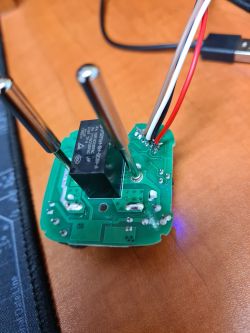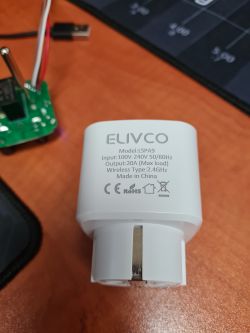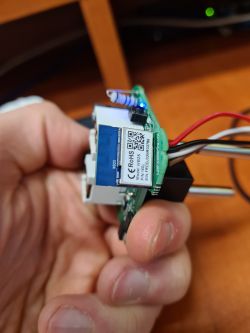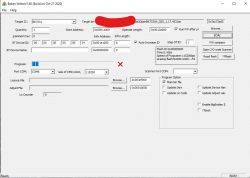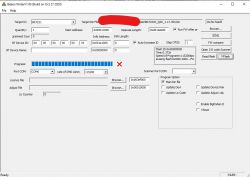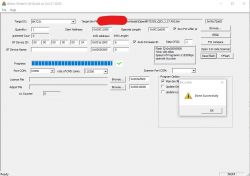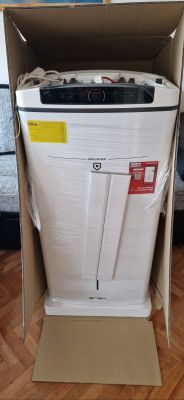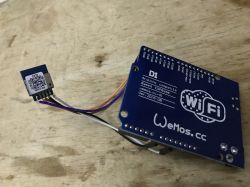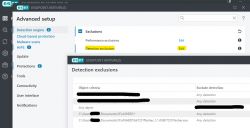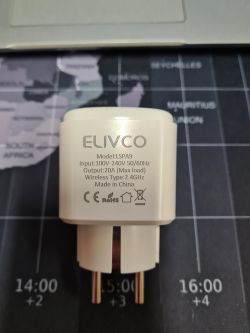Of course it works

it's a pity that on startup, Eset Live Grid threw it out as a suspicious file when I tried to run it, because I was trying it on, but after that action I let it go

no less, let loose outside the network on a separate laptop, it did the job.
This socket of mine was not in the templates on the webapp, so below I give the pinout : "pins": {
"6": "LED_n;1",
"7": "BL0937CF;0",
"8": "BL0937CF1;0",
"10": "Btn;1",
"24": "BL0937SEL;0",
"26": "Rel;1"
The socket has two LEDs, red and blue.
With GPIO 6 set to LED, red indicates relay on, blue indicates relay off
With GPIO 6 set to LED_n, both illuminate when the relay is on and neither when off
I would prefer the blue one to indicate on and the red one to indicate off (or neither to light up), but I don't think this can be achieved since they are on the same pin

